If you’re training from home and feel like you’ve hit a plateau, the problem might not be your motivation—it could be your method. One of the most effective training principles for building strength and muscle is progressive overload. The good news? You don’t need a commercial gym or a huge space to make it work.
Here’s our tips on how to apply progressive overload from the comfort of your home and keep seeing results, no matter your space or setup!
First things first, what is progressive overload?
Progressive overload is the gradual increase of stress placed on the body during exercise. This could mean lifting heavier weights, doing more reps, increasing time under tension, or shortening rest periods. Over time, your muscles adapt and grow stronger as a result.
Why, and how, it can work without a full gym
Many people think progressive overload only applies to barbell training, but that’s not the case. With a few versatile pieces of home gym equipment—or even just your bodyweight—you can still challenge your muscles and make gains.
Methods of Progressive Overload at Home:
Here are effective ways to apply progressive overload at home, using minimal or no equipment:
1. Increase Reps or Sets
If you’re using bodyweight or light weights, increasing the number of reps or sets can add volume and challenge your muscles.
Example:
Push-ups: Week 1 – 3 sets of 10 → Week 2 – 3 sets of 12 → Week 3 – 4 sets of 12
2. Slow Down Your Tempo
Slowing down the eccentric (lowering) phase of a movement increases time under tension, making exercises harder.
Example:
Try 3 seconds down, 1 second up on squats or push-ups.
3. Add Resistance with Equipment
If you have access to adjustable dumbbells, kettlebells, or a weighted vest, gradually increasing the load is an obvious way to overload.
Top Tip:
Weighted vests are a great way to scale bodyweight exercises like lunges, pull-ups, or step-ups without needing a full weight set.
4. Reduce Rest Time
Keeping your rest intervals shorter forces your muscles to work harder over time and improves conditioning.
Example:
Cut rest from 60 seconds to 30 seconds between sets.
5. Use Advanced Exercise Variations
Progress to more difficult movements as you get stronger.
Example Progression:
Knee push-ups → Standard push-ups → Decline push-ups → Explosive (clap) push-ups
Recommended Home Equipment for Progressive Overload
Even with limited space, a few quality pieces from GymWarehouse.ie can help you train more effectively:
- Dumbbells – Save space while scaling your workouts.
- Kettlebells – Great for functional strength and endurance.
- Resistance Bands – Perfect for adding resistance to bodyweight exercises.
- Weighted Vests – Increase intensity without changing the movement pattern.
- Pull-Up Bars – Great for upper body strength progressions.
✅ Key Takeaways
- Progressive overload is essential for building strength—even at home.
- You don’t need heavy gym equipment to make progress.
- Focus on reps, tempo, resistance, rest time, and exercise progression.
- Investing in a few versatile tools can significantly enhance your home workouts.
Whether you’re training in a spare room, garage, or small apartment, building strength at home is more than possible—it’s practical. With the right strategy and equipment from GymWarehouse.ie, your gains don’t have to stop just because you’re skipping the gym.
Ready to level up your home workouts? Check out our full range of strength and conditioning gear here.
 Irish Owned
Irish Owned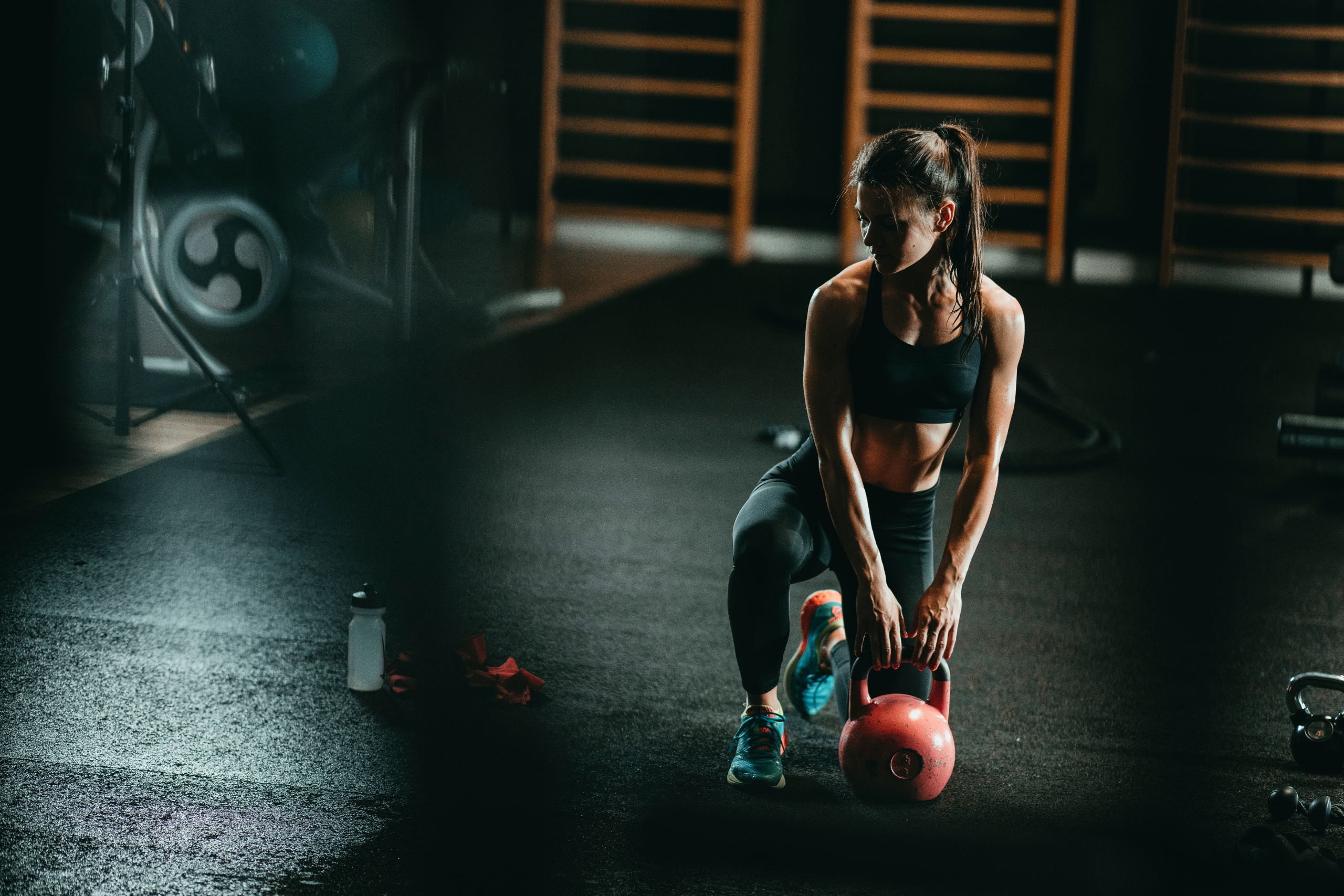

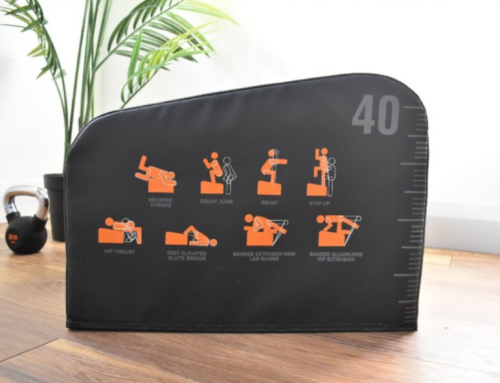
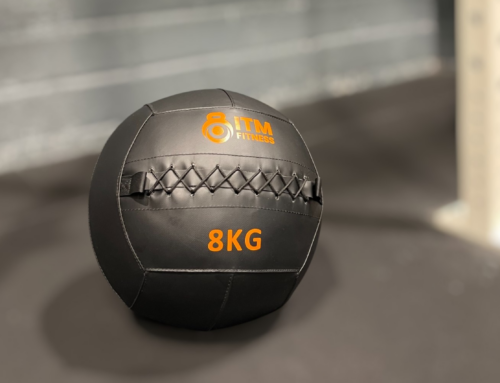
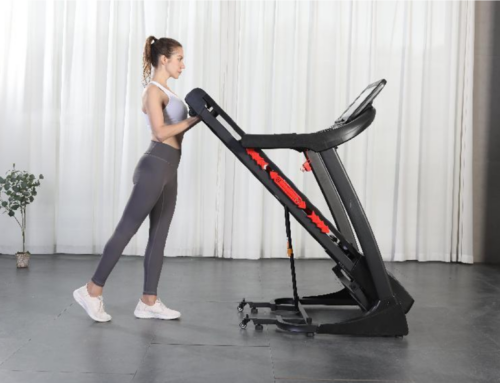
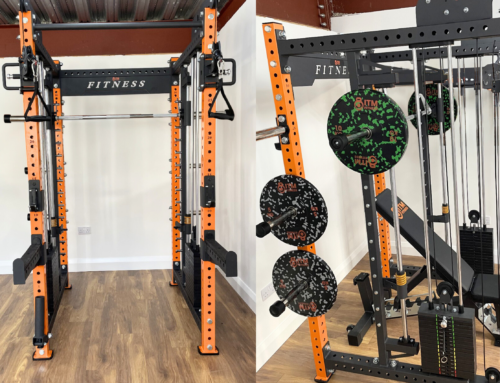
Leave A Comment